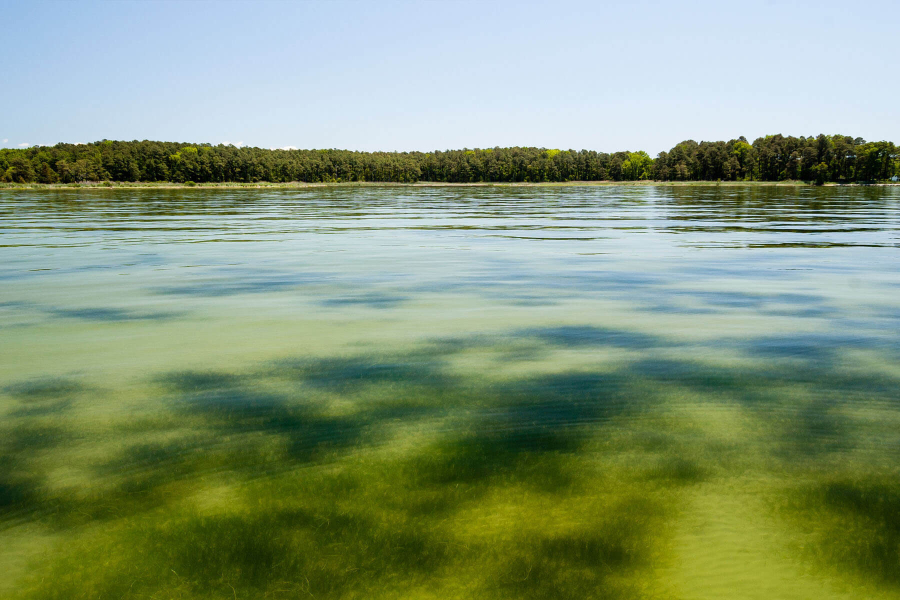Underwater grasses in the Chesapeake Bay experience record growth for third consecutive year
The total amount of grasses growing in the Bay marks 57 percent of our restoration goal

The total amount of grasses growing in the Bay marks 57 percent of our restoration goal

Comments
Let's give the credit where it is due! TMDL is NOT the reason for the success! Give credit to farmers and the increase in no-till and cover cropping that they have done!
Thanks for this great message. Good to get to read some positive information. While this does not transfer exactly to Santa Monica Bay because it is actually EXPOSED COAST not a protected bay, we do have small protected areas that can benefit greatly by similar controls and restrictions on nutrient rich effluent discharge. A big HOOT to all who contributed to build this positive and developing outcome!
Thank you!
Your comment has been received. Before it can be published, the comment will be reviewed by our team to ensure it adheres with our rules of engagement.
Back to recent stories